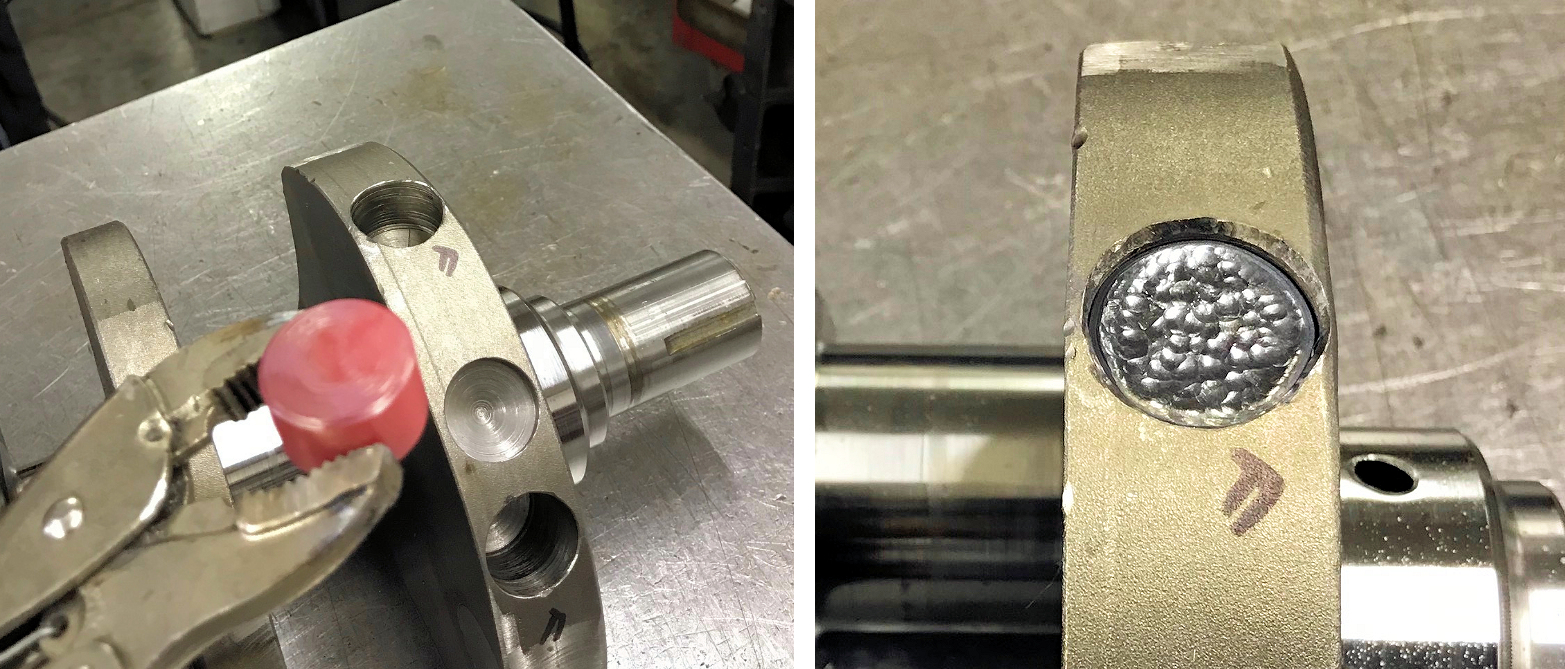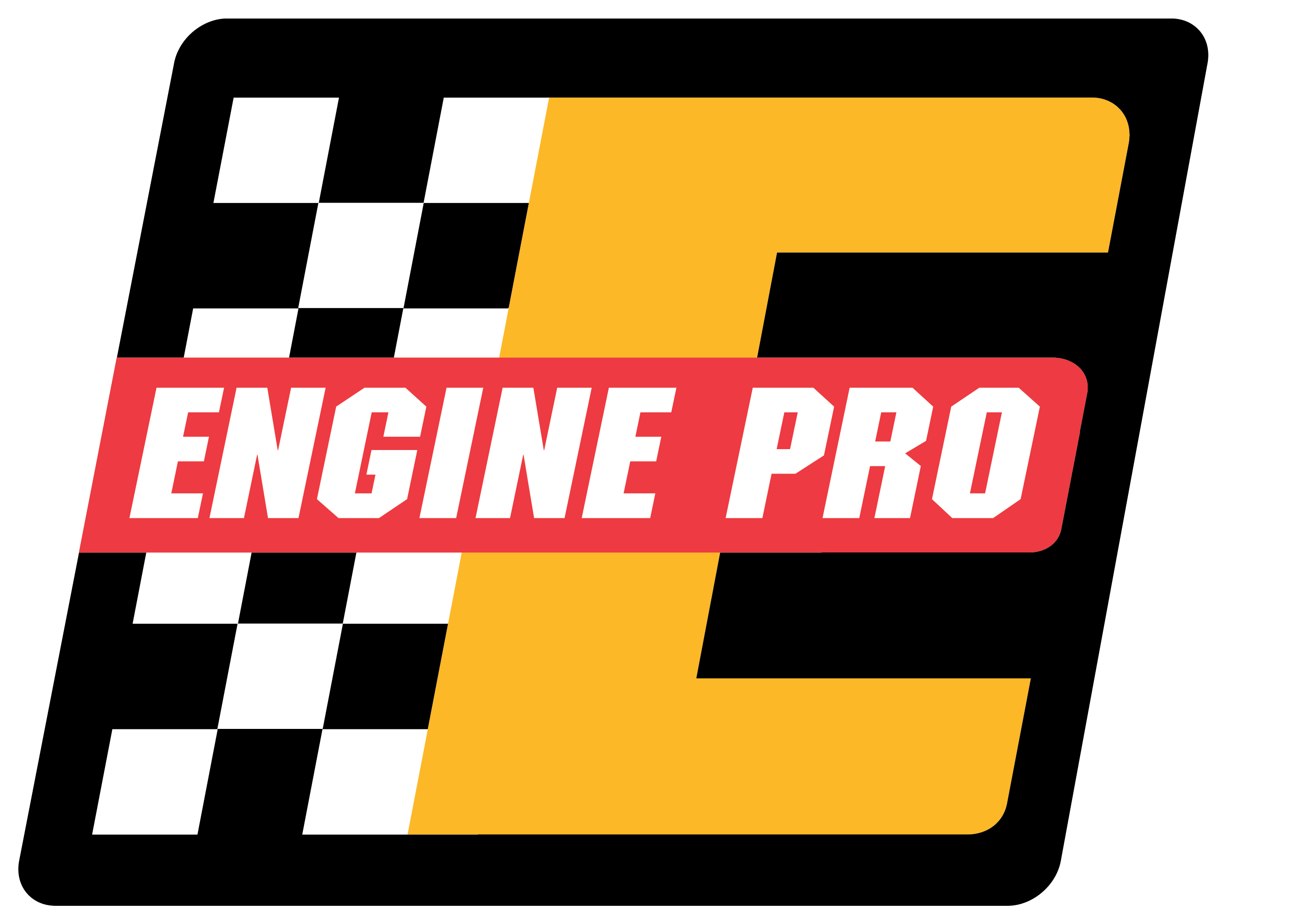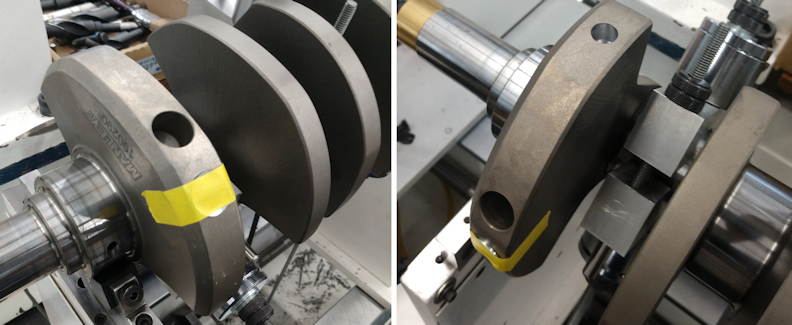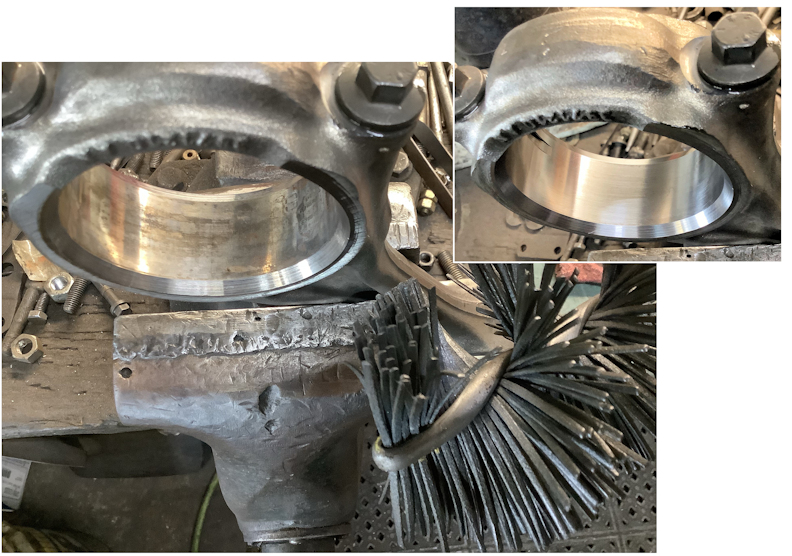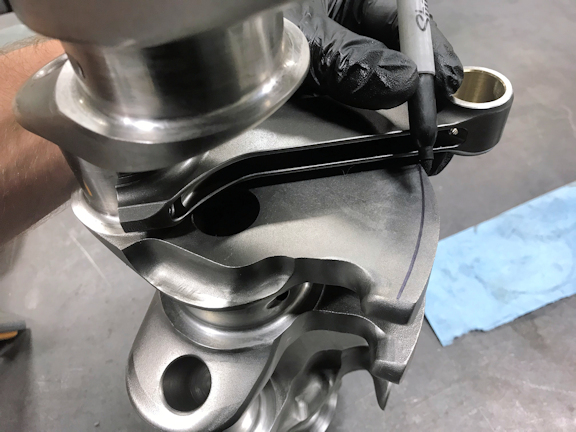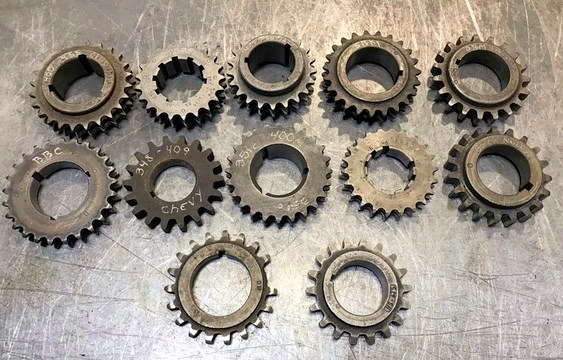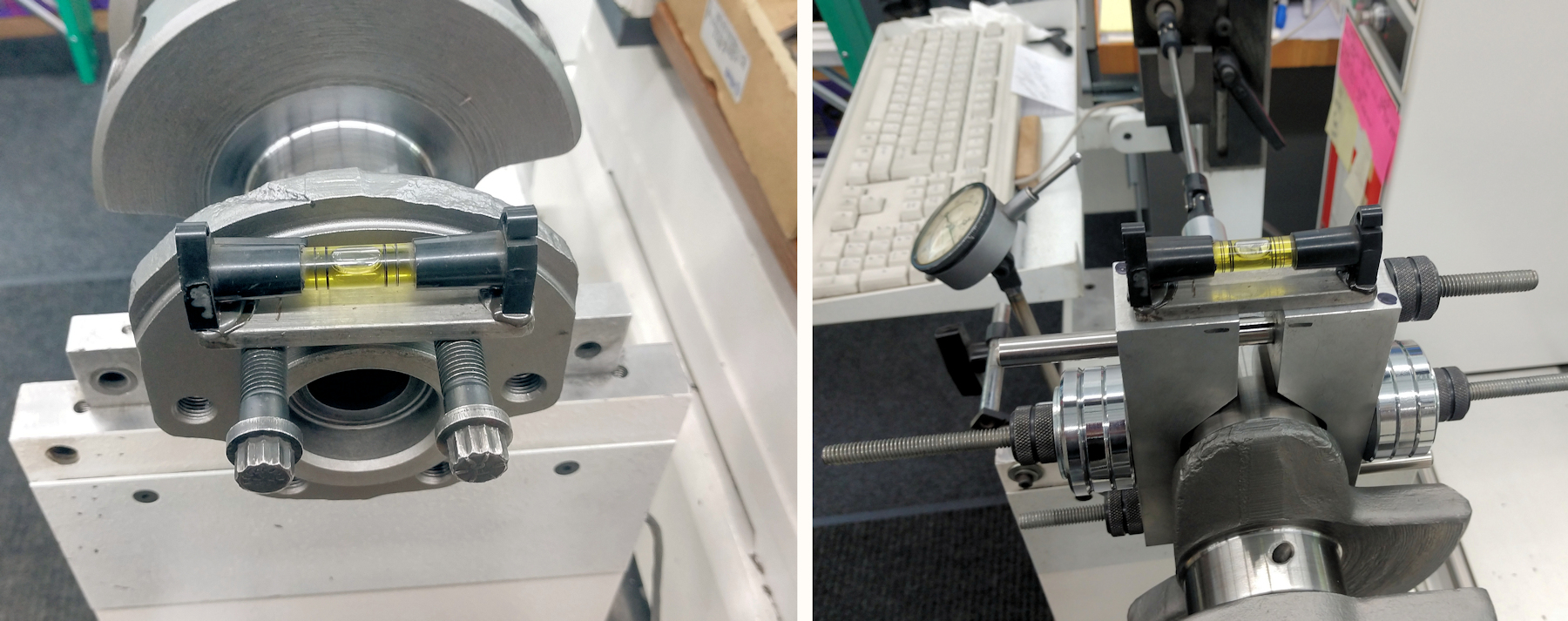REFILLS When balancing a crankshaft for heavier parts, often you must add metal in an existing hole. If the hole was drilled with a regular drill bit, versus a spade drill, the hole can be irregular and oversized. It can be time consuming to try to make a slug that...
